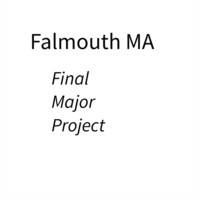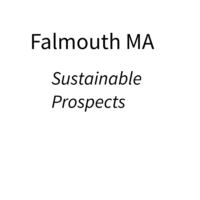The project for my MA in photography is based around the re-exploration of locations that I visited during my childhood and adolescence but now through a more informed gaze that can only be developed through life’s experiences. While conducting the research for the main project I decided to undertake a micro project that would allow me to examine some of the early photographic images that I was exposed to as a child namely the family photographs recorded by my father.
Though we do not have family albums of photographs that were typical of the 1960s to 1990s instead my father record those family events of slide film due the better quality of the images created on the film. I suspect a by product of the fact he working for Marconi designing cameras for broadcaster such as the BBC and then later the telecine that allowed everyone to view films in the comfort of our homes before the advent of VHS and DVD.
Anyway I digress the result is that our family history is not presented in the form of the traditional family album as discussed by Batchen in the essay Vernacular Photographies[1]. Instead with slides the context of transmission as described by Barthes in the Photographic Message[2] for me is not fully resolved in terms of the size or location of viewing. Slides can be viewed as collection on a lightbox, a small slide viewer or projected on to a large screen. Later was typical form used for shared family viewing of the slides.
Those family slides shows were not restricted to images of the family as my father had to travel frequently for business to different countries around the world. This resulted in the family events of us viewing the slides from those various trips alongside the more traditional candid family images that families gazed upon before the advent of the digital age and the introduction of social media as a means of creating the digital album.
This ultimately led me to consider how I could interpret those different aspects of my childhood photographic experience in a different way from the obvious cataloging of the slides and maybe printing a few memorable ones as larger prints. The first box of slides given to me to start this project contained a random selection of slides their paper boxes having been lost sometime ago. Keen to look at the slides I decided rather painstakingly order the slides prior to viewing I would randomly place them in the carousal and view them on the slide after the human mind has a tendency to randomly recall facts from the past this resulted in me viewing a sea of images of childhood images interleaved with far away locations with that unmistakeable Kodachrome 64 look.
I decided that I wanted to use the vernacular photograph as the base elements for creating a more artistic rendition of the two aspects of my father’s images in a series that I have called childhood memories. Merging of more mundane images to create new work was exploited by photographers like Edward Steichen with images such as Flatiron building from 1904.
Rather than copying the process used by Steichen to create his images I decided I would develop my own process that would allow me to retain the Kodachrome look within the composite images.
[1] Batchen, G., (2001) , Each Wild Idea Writing Photography History, MIT Press, ISBN: 9780262024860, Pages 68-69
[2] Barthes, R, (1961), Image Music Text, Fontana Press, Pages 15-16




